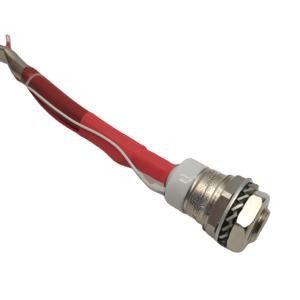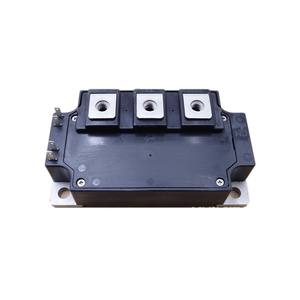Thyristors Online | High-Quality Power Semiconductors
Title: “The Secret Life of Thyristors: How These Tiny Electronic Switches Rule Your Gadgets”
(Basics of Thyristors in Electronics: A Beginner’s Guide)
You know those little magic boxes called smartphones, microwaves, and even your grandma’s old lamp dimmer? They all hide a tiny hero inside: the thyristor. This unassuming electronic part works like a stubborn guard, controlling power flow in ways that keep your gadgets alive. Let’s break down how these silent workhorses operate and why they matter.
First, what even is a thyristor? Think of it as a switch, but smarter. Unlike regular switches you flip with your finger, a thyristor turns on with a small electric signal and stays on until the power cuts. It’s like a door that locks itself open once someone taps it. Engineers love this because it handles big currents without burning out, making it perfect for heavy-duty jobs like adjusting motor speeds or regulating power supplies.
Thyristors come in flavors. The most common is the SCR (Silicon-Controlled Rectifier). Picture it as a one-way street for electricity. Once triggered, it lets current flow only forward until the voltage drops. Then there’s the TRIAC, which works like a two-way SCR. It can handle alternating current, making it the star of light dimmers and fan speed controllers. Without TRIACs, your cozy movie nights would either be pitch-black or blindingly bright.
How do they work? Let’s simplify. A thyristor has three layers of semiconductor material. When a tiny voltage is applied to the “gate” (its control pin), it wakes up and allows current to flow. But here’s the kicker: even if you remove the gate voltage, the thyristor stays on. It only turns off when the current drops below a certain level. This “latching” behavior is why thyristors are great for setups needing a steady power flow without constant input.
Imagine wiring a thyristor into a circuit. You send a quick pulse to its gate, and boom—it conducts electricity like a champ. To shut it off, you have to interrupt the main power. This might sound annoying, but it’s actually super useful. For example, in emergency shutdown systems, a thyristor can latch on during normal operation and cut off instantly when a fault is detected, protecting expensive equipment.
Real-world uses? Tons. Thyristors hide in plain sight. Ever seen streetlights that brighten or dim automatically? Thank thyristors. They’re in car battery chargers, stopping overcharging by cutting power at the right moment. Even your electric drill uses them to maintain speed under pressure. Without these components, modern electronics would be clunkier, less efficient, and way more prone to frying themselves.
But thyristors aren’t perfect. Their biggest flaw? Once they’re on, they’re stubborn. You can’t easily turn them off without messing with the main power. This makes them less ideal for super-precise control. That’s why newer devices like transistors and MOSFETs often team up with thyristors, balancing brute force with finesse.
Want to play with thyristors? Grab a basic SCR circuit kit. Hook it up to a battery, push a button to trigger the gate, and watch a light bulb stay lit even after you let go. Now disconnect the battery—see how the bulb turns off? That’s the thyristor’s latch effect in action. It’s a hands-on way to grasp how these components dominate power control.
(Basics of Thyristors in Electronics: A Beginner’s Guide)
Fun fact: Old-school thyristors helped revolutionize power transmission. They allowed electricity to travel longer distances without massive losses, making modern grids possible. Next time you charge your phone or adjust your thermostat, remember—there’s a good chance a tiny thyristor is working overtime to make it happen.


